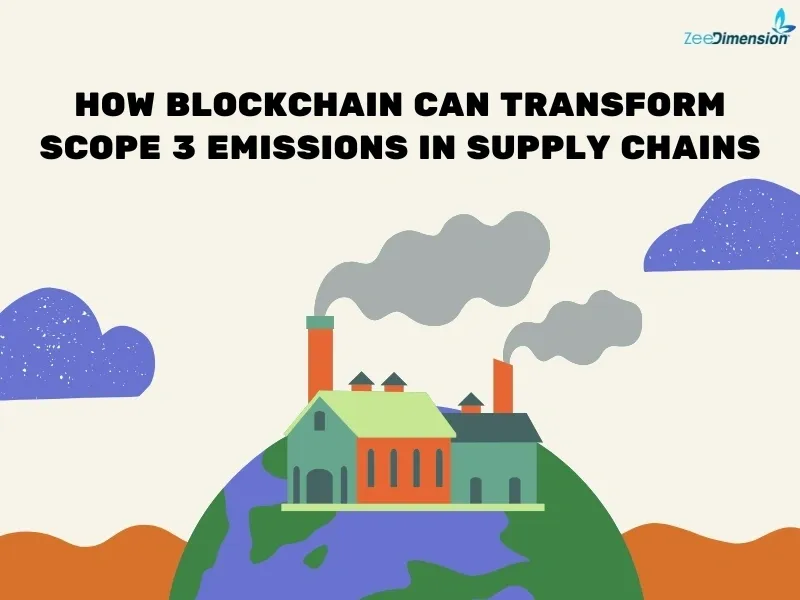
Introduction
Having trouble tracking Scope 3 emissions in your supply chain? Blockchain offers transparency, traceability, and data integrity, making carbon footprint reporting more reliable. Here’s how it can revolutionize emissions monitoring.
Why Scope 3 Emissions Are Challenging
Scope 3 emissions often make up more than 70% of a company’s carbon footprint, but tracking them is a major challenge. Businesses struggle with limited visibility into supplier emissions, inconsistent carbon reporting, and verifying supplier claims, making accurate measurement and reduction efforts difficult.
How Blockchain Helps
Blockchain enhances transparency and trust by securing emissions data across suppliers, automating report validation with smart contracts, and enabling real-time auditing through decentralized tracking.
Choosing the Right Blockchain for Scope 3
For Scope 3 emissions tracking, Hyperledger Fabric provides private data security, Ethereum and Polygon support public transparency and carbon trading, while Corda ensures secure emissions verification. Choose the right blockchain based on your needs for privacy, scalability, and transparency.
Key Components of a Blockchain-Based System
A blockchain-based system uses efficient consensus methods like PoS or PBFT, automates reporting through smart contracts, and tracks emissions in real time using IoT and APIs. It combines on-chain data with off-chain storage solutions like IPFS or AWS, increasing trust and minimizing errors.
Smart Contracts for Emissions Tracking
Suppliers submit emissions data via APIs or IoT sensors, verified by smart contracts on the blockchain. Auditors cross-check with external sources, and each supplier’s carbon footprint is securely tracked, ensuring reliable ESG reporting.
Integrating Blockchain With Existing Systems
Blockchain integrates seamlessly with existing systems through APIs, connecting ERP tools (like SAP and Oracle), carbon accounting platforms (GHG Protocol, EcoVadis), IoT sensors for logistics data, and digital wallets for carbon credit rewards. It serves as a single, reliable source of truth across the supply chain.
Security & Compliance Measures
To maintain trust and compliance, the system utilizes SHA-256 encryption to safeguard data from tampering. Aligning with global standards such as the GHG Protocol, SBTi, and CDP, ensuring regulatory adherence. With decentralized verification, minimizing fraud in reporting, allowing companies to meet international standards and avoid greenwashing.
Real-World Impact & Benefits
Companies gain clearer visibility into their supply chain, automate emissions tracking, and unlock actionable insights for reducing carbon. Blockchain also ensures the authenticity of carbon credits for sustainability efforts, helping ESG reporting become more decentralized, transparent, and future-ready.
Ready to Future-Proof Your ESG Strategy?
Blockchain is transforming sustainability—are you ready to embrace it? Let’s explore how your organization can use blockchain for effective Scope 3 monitoring!







